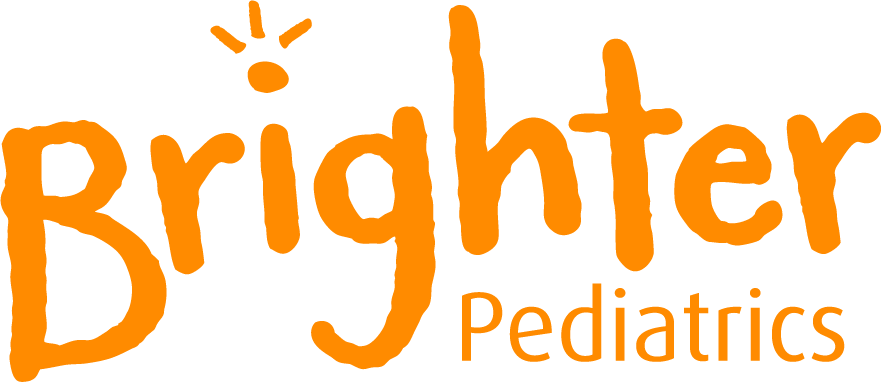
Sunset Healthcare Solutions has committed itself to improving sleep health for sleep apnea and COPD sufferers for over a decade. Our CPAP masks are designed to give patients from all backgrounds an affordable, high quality option for sleep.
Yet, it can still be hard for all of us to get a good night’s rest. One of our favorite methods to wind down—and lay down—is the use of music. But, what kind of tunes help us relax and sleep—and why?
Let’s start with the very basics: noise.
Sound Machines
In the 1800s, botanist Robert Brown observed microscopic particles suspended in water, and noted the random, continuous, yet rhythmic motion. (Source) Today, scientists refer to this movement as Brownian motion. This motion directly corresponds to what scientists then termed brown noise, which has a correlating random and continuous sound signal.
Though ascribing colors to sound seems esoteric, anyone who has used a sound machine is likely familiar with the usage.
White noise is a popularly-used term with sound machines, and is reminiscent of an old TV. Many sound machines use pink noise, a slightly higher frequency that the ear perceives as “more flat.” (Source)
Science of Sound
Many cultures have used music to improve patient wellbeing, and today’s doctors continue integrating it as a part of physical therapy and stress reduction. (Source)
In modern art, experimental musicians like Pauline Oliveros and Annea Lockwood worked with synthesizers and sounds, consulted kinesiologists, and experimented with tones to help relaxation and focus. (Source)
As recently as 2011, a British instrumental group collaborated with scientists on a song specifically designed to help sleep. Marconi Nation’s “Weightless” has a percussive pulse that matches and slows the heartbeat, reputedly lowers blood pressure and was voted the most relaxing song of all time by a panel of listeners!
Mood Music
The origin of music written to relax, or mood music, is generally traced to composer Erik Satie. (Source) In the 1800s, he began writing what he playfully termed “furniture music,” which he intended to blend into the noises of the environment.
Satie saw it as a melodic backdrop for dinner parties—but, also, as music that would be calming and neutralize street noises.
Many will recognize the minimal and drifting nature of “Gymnopedie No. 1,” even if the title isn’t immediately familiar. Queue up Satie’s three “Gymenopedies” to create a contemplative space for relaxing or winding down!
In the late 1960s, avant-garde musicians like Terry Riley and Philip Glass started composing music to set a mood of relaxation and contemplation. Riley even held all-night concerts, where enthusiastic attendees brought along hammocks and sleeping bags. (Source)
Mass Market Relaxation
Perhaps the most well known name of relaxation music, Muzak, emerged in the ’50s with tunes written and sold to play in elevators and at dinner parties.
Muzak piped in soothing strains that were simple, under-arranged and, by the 1960s and 70s, ubiquitous. During the launch of Apollo 11, astronauts reportedly listened to Muzak to calm their nerves as they propelled toward the moon! (Source)
Ambient Music
In part, a reaction to Muzak, musician Brian Eno released his album, “Music for Airports” in 1978 and officially coined the musical term “ambient.” (Source) In the liner notes, Eno said he saw ambient music as an extension of Muzak, in that it “must be as ignorable as it is interesting.” However he hoped to create something open for artistic interpretation. (Source)
Since the release of that album, ambient music has become a well established genre. Its characteristic washes of sound and slow pace make it great for relaxing!
A World of Noise
With the help of music streaming platforms, listeners can now assemble and share relaxation playlists with the world. Soft, instrumental music, like calm jazz, ambient music or reverb-laden dream pop prevail. However, so do more structured selections, such as pop hits from Ed Sheeran or Adele.
It’s clear that many sounds work for relaxation!
We thought we’d share some serene songs and sounds to help you relax, get your best sleep, and maintain optimal health.
Please feel free to share our playlist with others!
For other tools to maintain sleep hygiene, for CPAP masks, oxygen and respiratory gear, please check us out at www.Sunsethcs.com or reach out to one of our sales experts at 800-578-6738.




